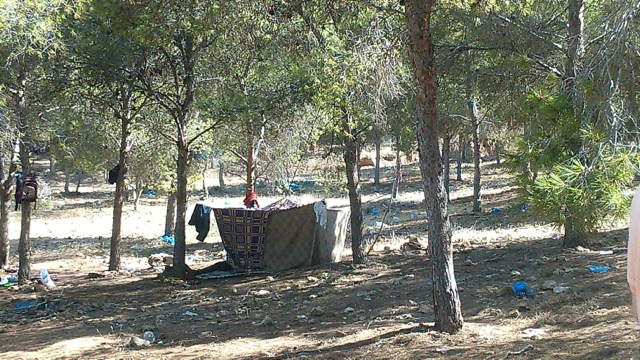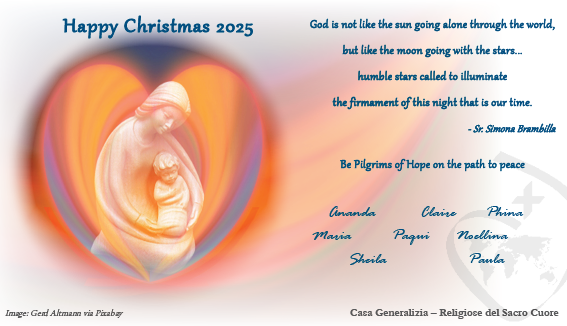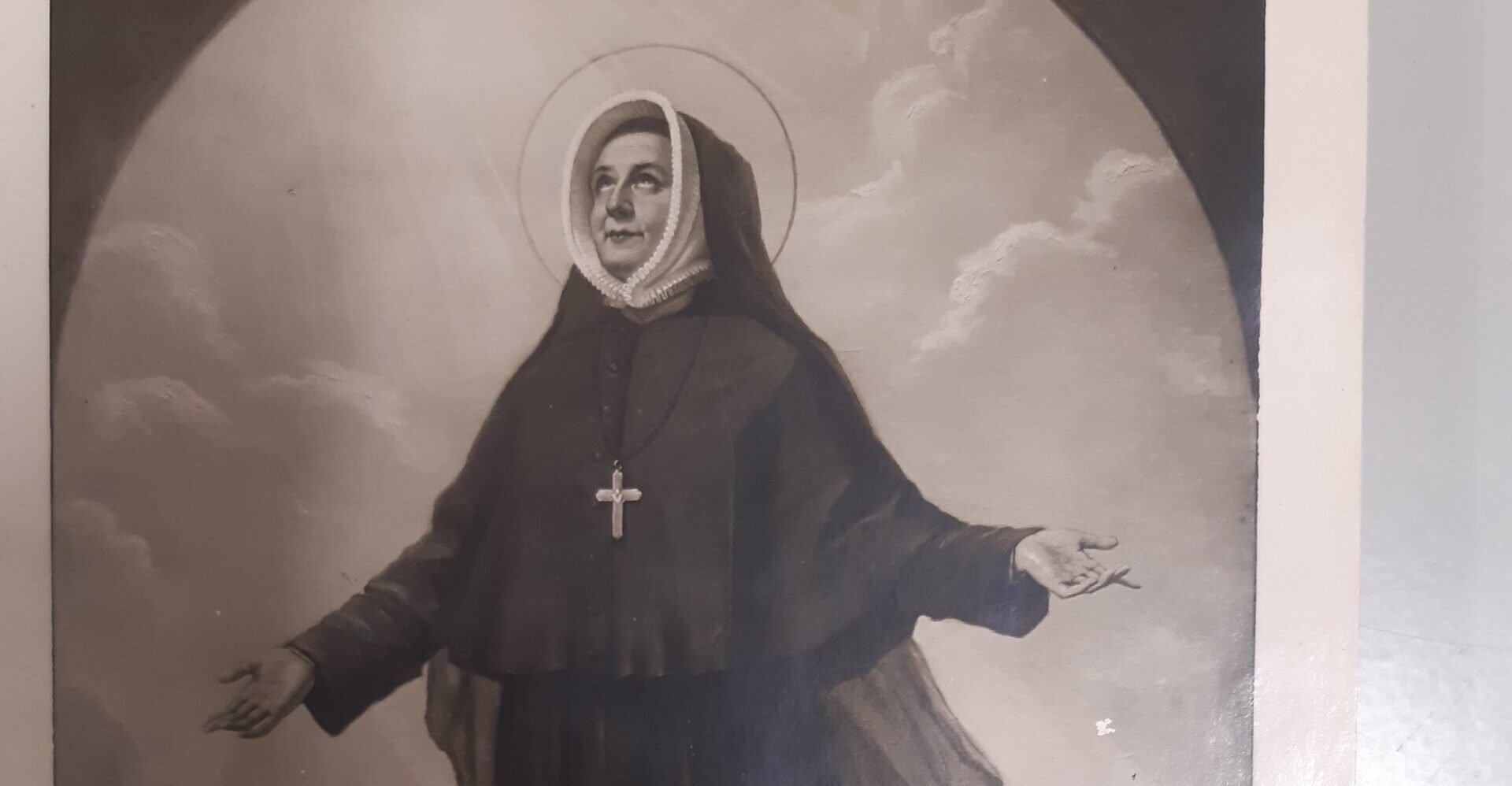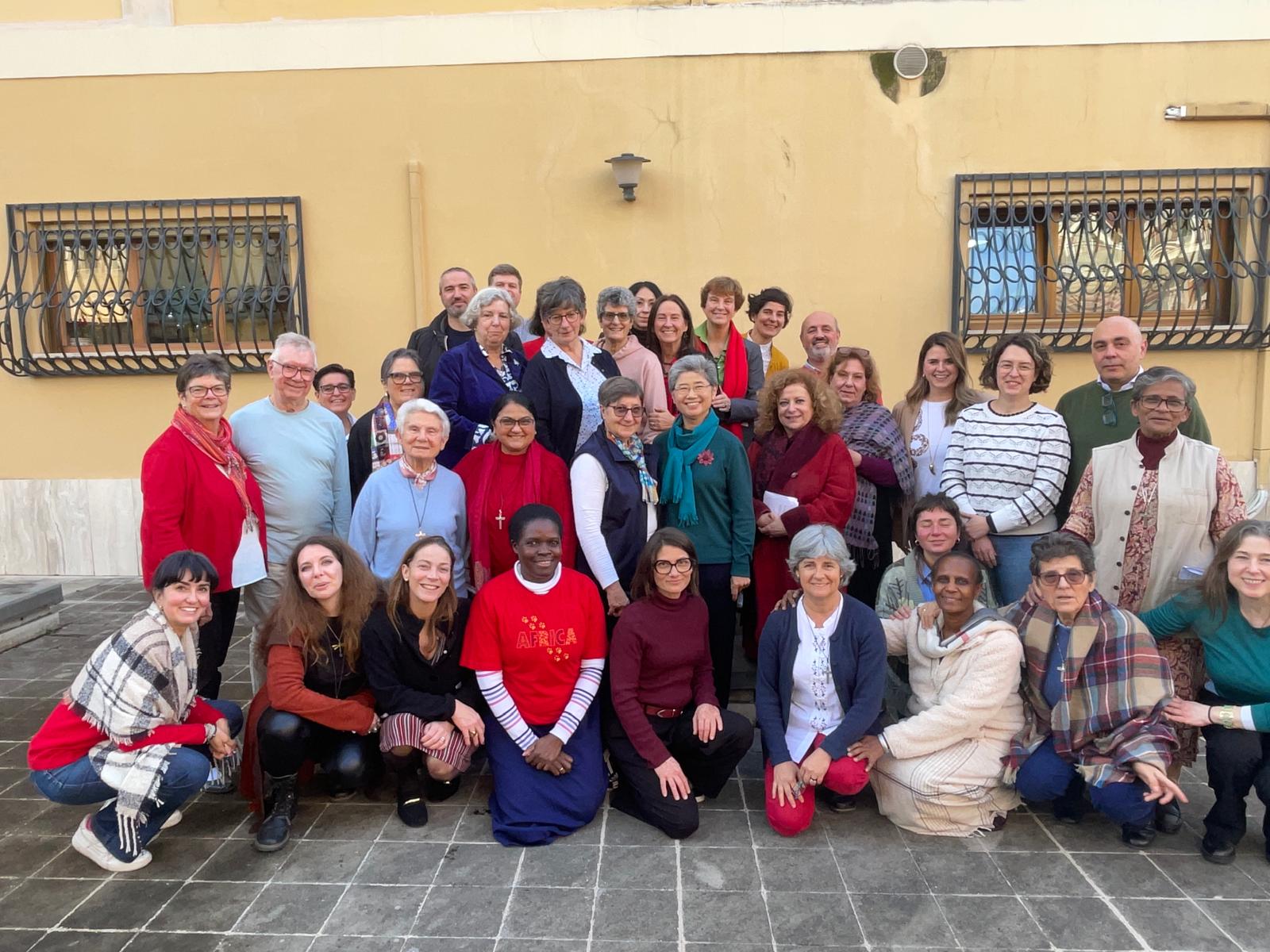For months I have been listening to some internees in the CIE (Centre for the Internment of Foreigners) in Zona Franca, Barcelona, who had been detainees in Melilla, talk of the hell they lived through on Mount Gurugú. They spoke to me of the nightmare of living on that mountain, waiting for the moment when they could climb over the fence, that fence separating Africa from Europe, that fence that separates hell and ‘paradise’, death and life….
Adama reached Nador, on Mount Gurugú, in March 2014, after two years crossing a huge part of Africa. Last December, after waiting for ten months on Mount Gurugú, in hell as he puts it, he, along with 40 others attempted to breach the fence. Twelve were successful, but his younger brother did not make it. Once in Melilla he went to CETA (Short Term Immigrant Centre) which at that point held three times the number it was meant to hold. One morning as he was going to the centre of Melilla he was stopped by the police; as he had no documentation they arrested him and took him to Barcelona, to the CIE. This place, CIE, is the ante-room from where detainees are sent back from Spanish territory to their countries of origin. Like Adama, many told me of the journey they had taken to get to Europe and boom! straight back to the land that they had one day decided to leave. Frustration, hopelessness, fury and more… that’s what showed in their eyes and, sometimes, their words.
What goes on in Nador? What happens on Mount Gurugú? A few of the volunteers who listened to these stories asked ourselves: What is it that they are calling hell? And so a group of eight of us headed to Nador in July just past, in the middle of Ramadan. We were very lucky to make contact with Esteban (Stephen), a Jesuit who has been living there for three years, working with the immigrants who settle there in the shanty towns of Mount Gurugú. He very quickly brought us up to date on what was going on there; he told us of the hopelessness of so many, of the persecutions, stealing and burning of the shanty towns by the Moroccan army. The Moroccans don’t want them there and the way they treat them is dreadful. In June the army burned all their belongings, even their tents, so that they would move away… but they are still there. They are not considering going away; the desire for a chance to have a better life is stronger than (fear of) the watching army, the chance to try to climb over the fence and risk their lives crossing in a tiny boat.
We approached the fence, walking along its entire length with our eyes wide open, unable to believe what we were seeing. Since about February or March nobody has been able to cross it. The European Union forced Spain to remove the razor wire ‘concertina’ fences. When they did this, Morocco used them to construct another one, and even dug a trench as well. So now, at the present time, the border with Melilla has three fences (the first with razor wire) and a trench. Since they changed it, nobody has been able to cross.
And what do the hundreds of people who are waiting do? The feeling of impotence brings such hopelessness; many have moved to other borders, some to another mountain to make contact with unscrupulous Moroccan mafias, paying exorbitant prices for passage on a tiny boat, while still others keep trying to find a way to cross that damned fence. I was fortunate to be able to go to the mountain with Stephen on the Sunday morning, as I had arrranged with some immigrants I knew to have some moments of prayer together (Christian, Muslim). Men, women, and now, infants, (born in the course of the migration journey), living in extreme poverty, in tents made of plastic and cardboard, without light or water, in July temperatures of 45º. Seeing hundreds of people in these conditions is quite something. I was deeply moved by the hopes of these young people, convinced that some day they would get over the border, with a hope and a strength that can only come from the conviction that life has the last word.

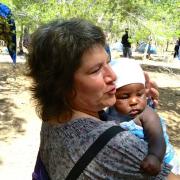
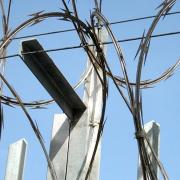
1) Tents where migrants live while waiting to cross the border; 2) Montse Prats rscj carrying a baby from the settlement; 3) The razor-sharp "concertina" fence
I cannot stop asking PARDON for the barriers, fences, boundaries which we are creating by one means or another. My being a Sister calls me to break down barriers that limit freedom and the opportunity for life.
I am grateful for having come to know the people working in Nador for the SubSaharan migrants: religious women and men, the church in general. I am grateful to have been touched by Adama’s life, for the internees in CIE, and I am grateful to my community for letting me “go, and see”.
“The land between” http:// thelandbetweenfilm.com/
Montse Prats rscj
Province |Spain
